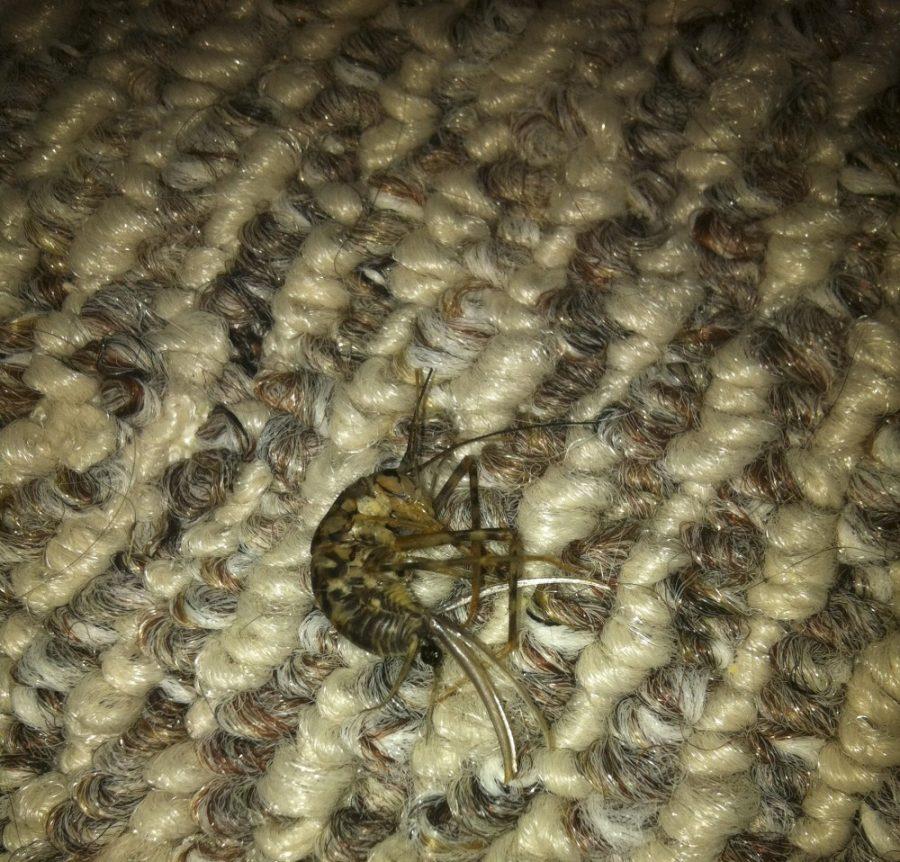When they met in a technology ethics class, Caleb Tennenbaum and Tom Smallwood didn’t know they would create an iPhone app to help users identify household insects.
The May 2011 graduates ended up conceptualizing and developing “AZPest.com Pest ID Pro,” an app now offered by Arizona Pest Control. The app allows users to take a picture of an insect in order to identify it.
Smallwood, who graduated with a degree in computer science, was a senior when he developed the app using Tennebaum’s idea. Smallwood is currently teaching iPhone operating systems development courses at the UA, and Tennenbaum is the company’s marketing director.
“I came up with the idea for the app because it was a new, exciting and simple service that would be useful to customers,” said Tennenbaum, who graduated with a degree in interdisciplinary studies with a minor in marketing.
Most application development goes into games, but Tennenbaum said he wanted to use the technology in a more practical way. After exchanging ideas in class, the first version of the app was launched on April 11, 2011.
AZPest.com Pest ID Pro is offered for free through the Apple App Store. Users can send a photo from their iPhone’s gallery or take a picture of the pest while the app is open, Tennenbaum said. After uploading the photo, entomologists from Arizona Pest Control identify the bug within 24 hours. App users then receive an email with the identification of the insect in addition to Arizona Pest Control’s advised method of dealing with the possible infestation.
App users have already captured several rare pests on camera. One user managed to snap a picture of a trapdoor spider’s burrow. The trapdoor spider, which is fairly large, is closely related to the tarantula. This spider is considered to be rare because it can hide itself so well.
Another rare pest that Tennenbaum had not encountered before the app’s development is the greenhouse camel cricket. This cricket prefers artificial environments and is an opportunistic feeder, he said. It feeds on various plants, which could cause large scale damage.
After the first version of the app was downloaded more than 4,500 times in its first year, Smallwood helped the company create an updated version. The new app, which was uploaded March 13, has more features and a more user-friendly interface, Smallwood said. The app currently has a five-star rating from users.









